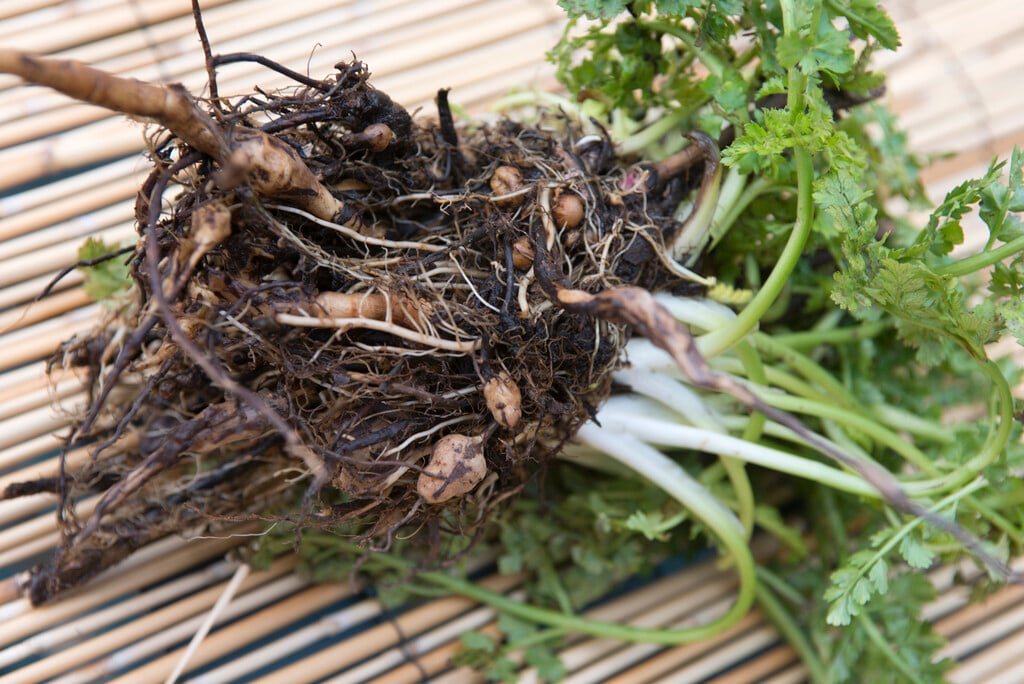Lathyrus tuberosus
tuberous pea
A perennial, deciduous climber and scrambler with tuberous roots, introduced as a wild flower, with green foliage, reaching a height of around 200cm. Crimson red to dark pink flowers appear in the summer. The tubers are edible when cooked, with the flavour of sweet potato
Other common names
Dutch miceearth-nut pea
see moreFyfield pea
pease earth-nut
tine-tare
tuberous lathyrus
tuberous vetch
tuberous-rooted everlasting pea
earth chestnut
earth nut
Size
Ultimate height
1.5–2.5 metresTime to ultimate height
1 yearUltimate spread
0.1–0.5 metresGrowing conditions
Moisture
Moist but well–drainedpH
Acid, Alkaline, NeutralColour & scent
| Stem | Flower | Foliage | Fruit | |
| Spring | Green | |||
|---|---|---|---|---|
| Summer | Red Pink | Green | ||
| Autumn | Green | |||
| Winter |
Position
- Full sun
Aspect
South–facing or West–facing or East–facing
Exposure
Sheltered Hardiness
H3Botanical details
- Family
- Fabaceae
- Native to GB / Ireland
- No
- Foliage
- Deciduous
- Habit
- Climbing
- Potentially harmful
- Pods and seeds are not edible. Wear gloves and other protective equipment when handling. Pets: Pods and seeds are not edible. For further information and contact numbers regarding pets, see the HTA guide to potentially harmful plants
- Genus
Lathyrus can be annuals or herbaceous or evergreen perennials, mostly climbing, with pinnate leaves ending in a tendril, and showy pea-like flowers, fragrant in some species
- Name status
Correct
How to grow
Cultivation
Grow in humus-rich, fertile, well-drained soil in full sun or light dappled shade. Incorporate well-rotted organic manure before planting and apply a balanced liquid fertilizer every two weeks when in growth. Deadhead regularly. See sweetpea cultivation for further information
Propagation
Propagate by seed. Sow in a cold frame in early autumn, early spring or in-situ in mid-spring
Suggested planting locations and garden types
- City and courtyard gardens
- Cottage and informal garden
- Cut flowers
- Flower borders and beds
- Wall side borders
- Climber and wall shrubs
Pruning
Deadhead regularly and cut back after flowering
Pests
Diseases
May be susceptible to powdery mildews, Fusarium wilt and sweet pea viruses
Get involved
The Royal Horticultural Society is the UK’s leading gardening charity. We aim to enrich everyone’s life through plants, and make the UK a greener and more beautiful place.
